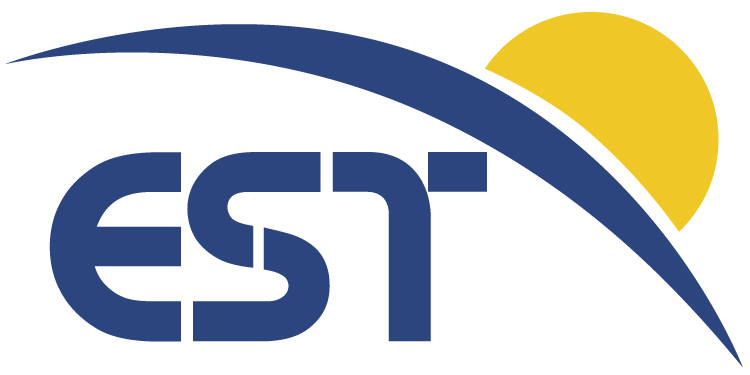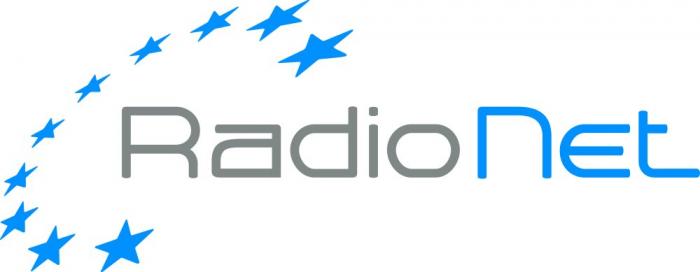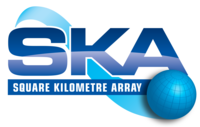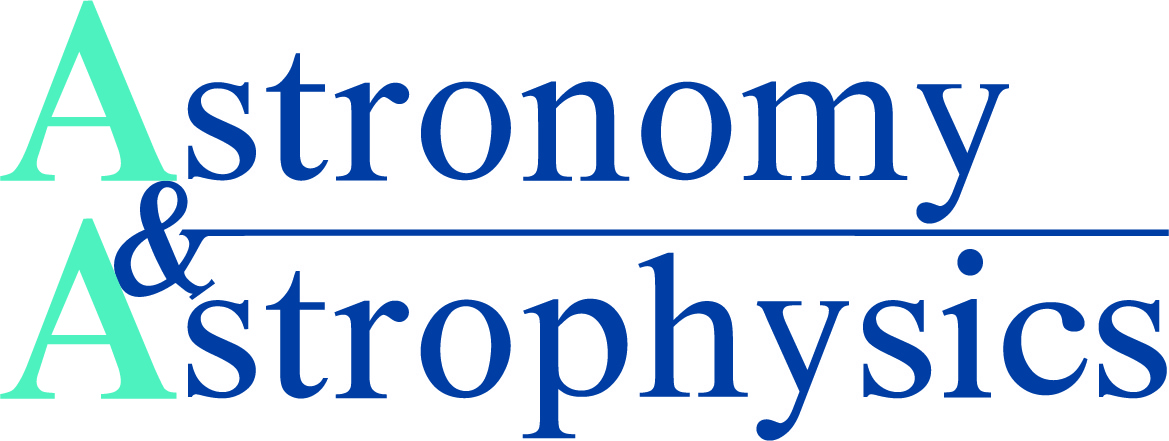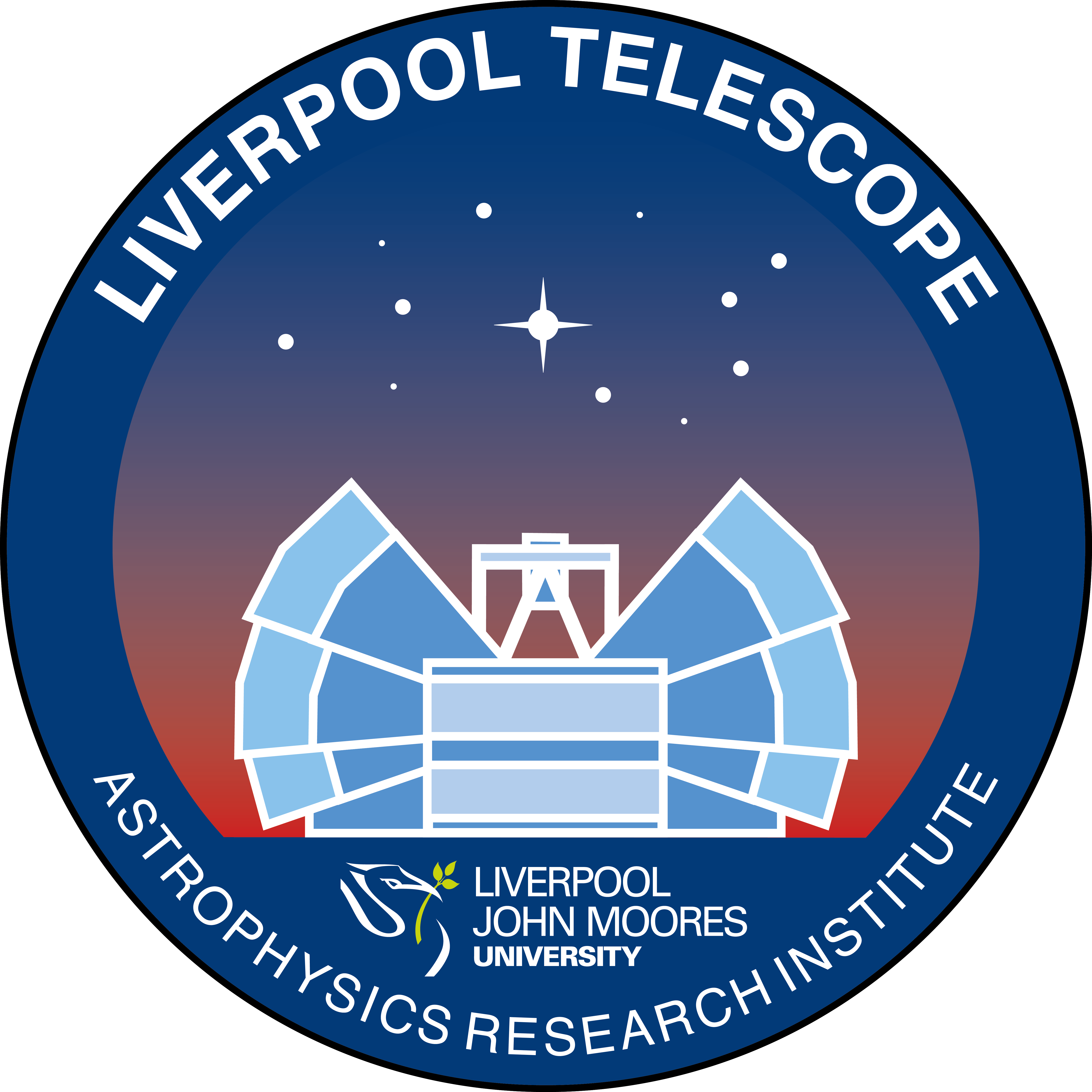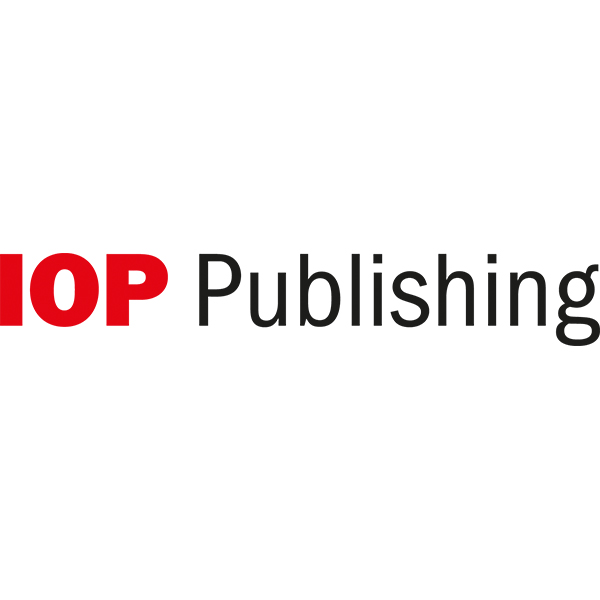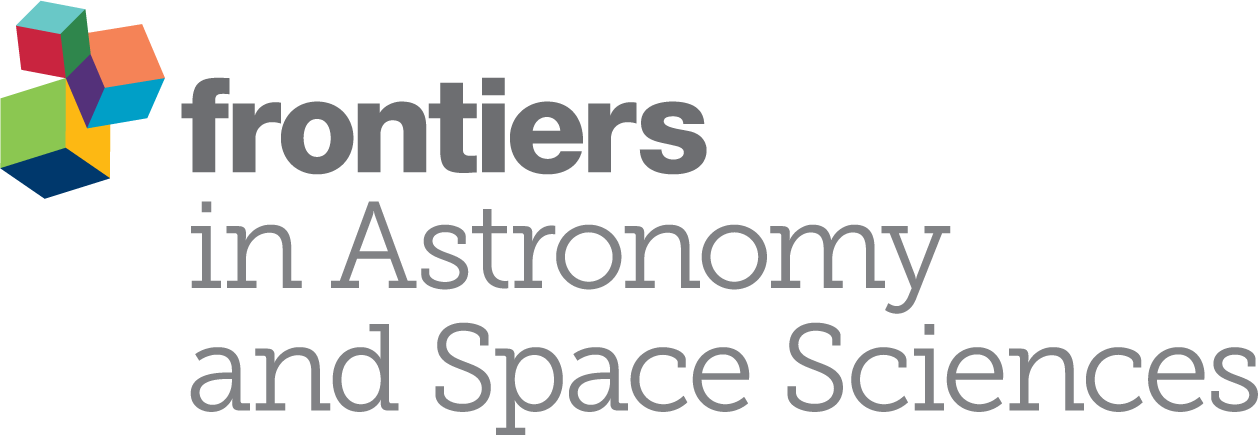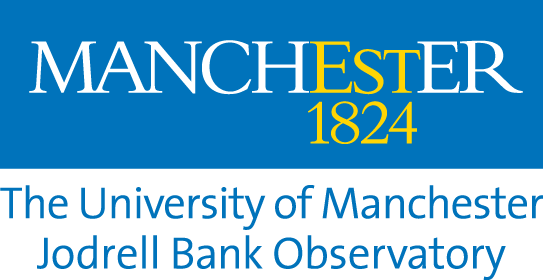Symposium S1
3 – 4 April 2018
Early Science with JWST
News:
14 November 2017 - First version of the symposium's web page.
Aims and scope
The James Webb Space Telescope (JWST) mission is designed to provide unprecedented performance at near and mid infrared wavelengths and with its suite of sophisticated imagers and spectrometers it is poised to deliver revolutionary science. It is however a complex mission and access of a wide community to the realities of JWST scientific operation and data as soon as possible is critical to mission success. Europe is an important partner in the mission through the European Space Agency (ESA).
EWASS2018 offers a perfect opportunity to inform the European community of the status of the mission, and discuss the scientific program that will define the first months of operations, including the Guaranteed Time Observations (GTO) science program and the Early Release Science (ERS). The ERS programme will cover a broad range of science and operating modes of the instruments, with immediate open access to the data and the provision of high level products and tools by the selected teams, intended to stimulate future JWST science. The ERS programmes have now been selected and EWASS2018 will offer a forum to engage with the ERS teams, as well as encourage scientific discussion of future JWST plans. The symposium will therefore:
1. Update the community on the status of the mission. This will come at a time when JWST is going through some of the last phases of its integration and testing and when the commissioning plans will be in an advanced state.
2. Provide an opportunity for participants to successful ERS proposals to advertise their programs not only from the scientific point of view but also with respect to what they have committed to make available to the community in addition to the raw data (data products, tools?).
3. Provide an opportunity to guaranteed time observers (GTOs) to advertise their scientific programs.
4. Provide an opportunity for community members to present and discuss potential science with JWST.
5. Highlight to the community the outreach and public educational opportunities from the launch and first JWST science.
Programme
The detailed program will be established by the SOC once the submitted abstracts have been reviewed.
- Mission status
- Early Science with JWST
- First light and reionisation.
- Galaxy assembly and stellar populations.
- Formation and evolution of stars and planets.
- Exoplanets and brown dwarfs.
- Our Solar System.
- Cosmology and fundamental physics.
- JWST outreach and public education in Europe.
Invited speakers
We anticipate that a significant fraction of the invited speakers will be PIs of Early Release Science programmes or their representatives.
Scientific organisers
- Patrice Bouchet (CEA - Saclay)
- Pierre Ferruit (ESA/ESTEC)
- Pierre-Olivier Lagage (CEA - Saclay)
- Nikole Lewis (STScI)
- Antonella Nota (ESA/STScI)
- Gillian Wright (UK ATC) - chair
Scientific Organizing Committee
- Catherine Cesarsky (CEA Saclay)
- Michele Cirasuolo (ESO)
- Roger Davies (University of Oxford)
- David Ehrenreich (University of Geneva)
- Anne Marie Lagrange (IPAG)
- Laura Pentericci (INAF)
- Eline Tolstoi (University of Groningen)
- Monica Tosi (INAF)
Contact
Updated on Wed Nov 15 07:49:03 CET 2017
|
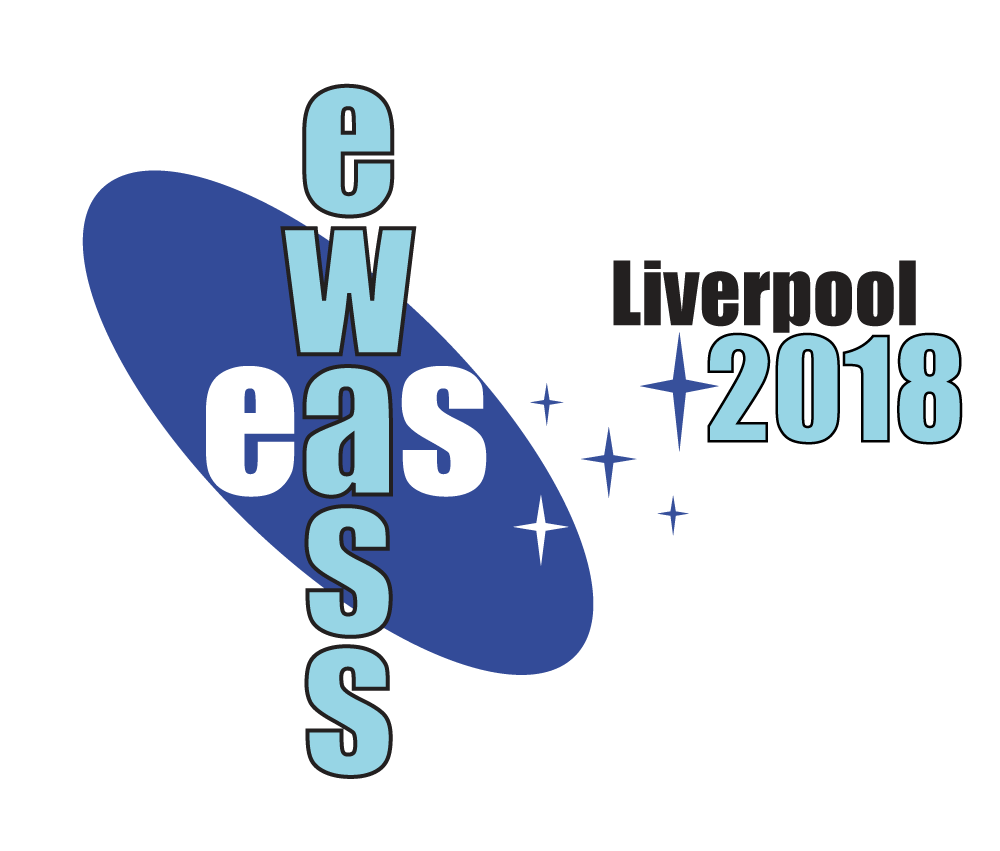
 A power cut will shut down all EAS services on Tuesday, 10 January 2017 starting at 7:30 CET.
A power cut will shut down all EAS services on Tuesday, 10 January 2017 starting at 7:30 CET.






